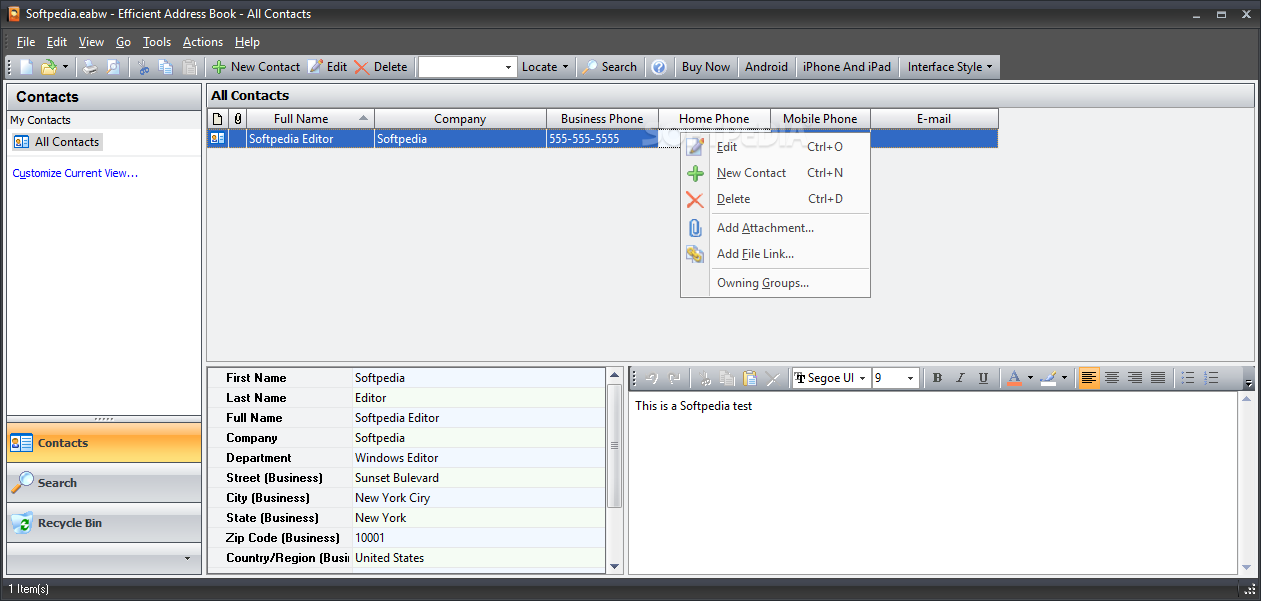

To work with this kind of file, delete the. If something goes wrong during the conversion process, you can always revert to the previous version of the file and open it with the previous version of EssentialPIM. This usually happens when you run the new major EssentialPIM version for the first time. We recommend renaming this with something more user friendly (for example, remove the "restored." part) in order to prevent possible problems with future backup file names.īackup_convert_20160118_ – these files are always created (in the folder where your original database file is stored) when EssentialPIM updates your database to the new version. Restored.my_database.epim – restored backup file. There's no need to work with backup files in such cases.
#HOW TO CHANGE FILE NAME ESSENTIALPIM PC#
Note, if you need to transfer your data to another PC or drive, simply copy the original database file to the new location. To recover data from backup, open it as if it were a regular EssentialPIM database file by clicking on File -> Open. To save space a backup file is a compressed version of the initial database file.

Numbers mean date (in yyyymmdd format) and time (in 24h format) when the backup was created. My_database.backup_20160118_1401.epim – regular backup file that was created by EssentialPIM according to the backup settings in options. The path to the currently open database file can be seen at the top of the EssentialPIM window or by clicking on File -> Database management. My_database.epim – regular EssentialPIM database file that was created by a user (you can always create a new file by clicking on File -> New). Number of backup copies to keep sets the maximum number of backup files before they get overwritten by the newer copies.
#HOW TO CHANGE FILE NAME ESSENTIALPIM WINDOWS#
Backups can be created either in the same folder as your main database or in the standard Windows temp folder, or you may specify a folder yourself by choosing this option and pressing the Browse button.īackup interval allows you to set the frequency of backups. Select Folder section lets you choose where to store backup files. You will then be prompted to authenticate to the selected service via your web browser. Select the desired service and click on the "Authorize" button. Online service - backups are saved to one of the available online services such as EPIM Cloud, Google Drive, OneDrive, or Dropbox. You can find the file path at the top of the EssentialPIM window or under File -> Database Management dialog. We do not recommend turning it off, otherwise you will not be able to restore you database file in case of any failures.īackup Now button immediately creates a backup file.ĭatabase folder - the backups are saved in the same folder as the original EPIM file. You can change these settings by clicking on Tools -> Options -> Backup:Įnable backup option turns the backup feature on (enabled by default). By default EssentialPIM creates two backup files in the same folder as the original database file. Backups of your *.epim database files are made on the fly, whichhelps to keep your data safe under any circumstances. EssentialPIM offers an advanced backup feature.


 0 kommentar(er)
0 kommentar(er)
